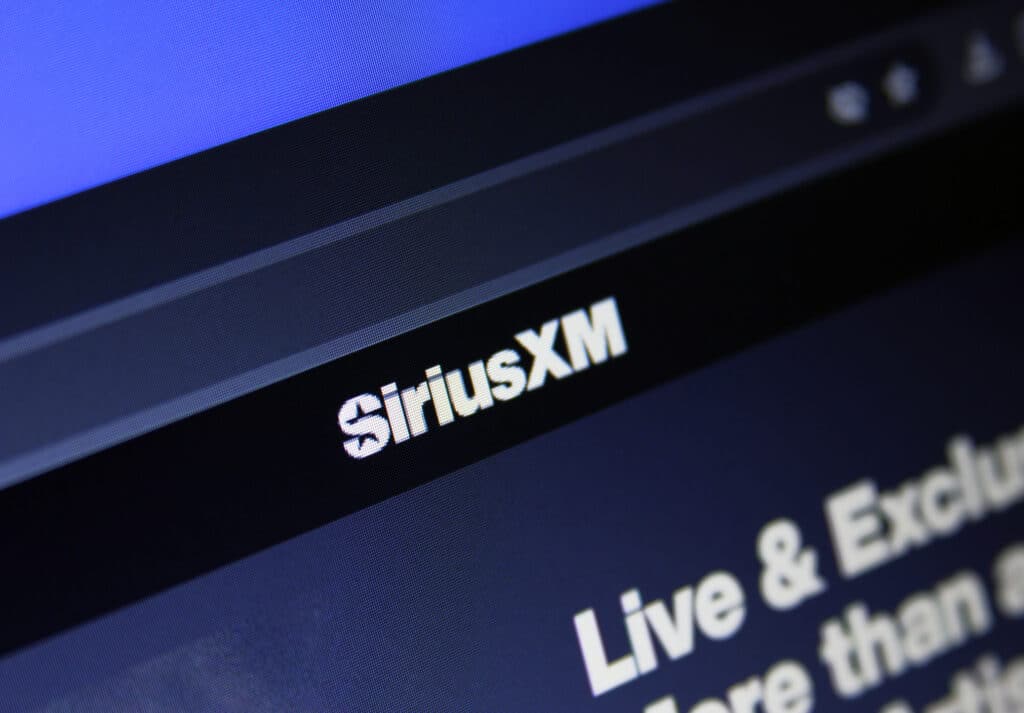
What’s your favorite song? Music plays a vital role in creating harmonious in-store experiences. Store owners who decide not to get on board may consider music to be little more than background noise that serves no real purpose. However, the right combination of genres and songs can establish an emotional connection with shoppers and affect their purchasing decisions. Retailing in the digital age requires quickly getting customers’ attention and keeping them engaged as they shop. Stores need a certain ambiance to make this connection happen. Playing music is a way to make customers feel special. It also helps build loyal relationships and generate repeat business.
- 83 percent of U.S. customers prefer hearing music while they shop
- Listening to music makes a store feel more inviting
- Studies indicate a 38 percent increase in sales volume on days when slow music is played
- Music makes the waiting time feel shorter and improves customer satisfaction
Provide an Enjoyable Shopping Atmosphere
Creating an immersive experience begins with a curated playlist consistent with the brand and reflecting customers’ preferences. People who feel relaxed and comfortable spend more time in the store browsing and buying items on impulse. Selecting the appropriate music goes beyond putting together a random playlist. The process should be strategic to align with the store’s identity and values. Playing music that customers feel is tasteless will get people moving right out the door. The purpose is to establish your business as more than a purveyor of products and services. It should be viewed as the destination of choice for shoppers who value everything you offer.
Understanding the psychology of music
How often do people say, “that’s my song?” Different sounds and tunes affect our moods and behaviors. Music can make people feel happy, sad, excited, or bored. Understanding the psychology behind in-store music enables owners to use the information to their advantage. Music can subconsciously influence purchasing behavior since the tempo, genre, and volume shape customers’ perception of time. Slower melodies prompt customers to slow down and browse, whereas upbeat songs create a feeling of urgency. The pleasure principle is another motivation retailers must keep in mind. Put simply, shoppers tend to buy products they associate with pleasure when listening to the right music. In a hardware store, that may include fishing gear, grills and accessories, household gadgets, and snacks.
The link between music and sales
Research indicates that playing carefully selected background music can significantly impact sales, especially on weekdays. Certain melodies trigger emotions that make shoppers feel nostalgic about happy events from their past. Hearing the music transfers this positive association to the store and its merchandise. Specific songs are more effective than others at driving sales, so choose wisely.
Identify your target audience
Since different generations have different tastes in music, it’s essential to select music that customers will enjoy. Playing Golden Oldies for Gen Z customers who may prefer soft rock or Indie tunes is not a good idea. Cultural experiences, age, and social activities influence musical tastes. Considering these factors will help you build a suitable playlist for your customers.
Selecting the right tempo and volume
Music that is too loud can be distracting and prevent effective communication between the customer and the salesperson. Shouting to be heard may lead to missed sales opportunities since shoppers want to leave and go to a quieter place. Along with volume, the tempo also affects the overall experience. Fast-paced music can feel overwhelming, whereas calm music has a relaxing effect. Selecting a playlist that achieves the ideal balance for both volume and tempo is important. In a retail environment, music should not be the star of the show or overpower the ability to communicate and conduct business.
Selecting the right genre and lyrics
Although music is universal, selecting one or more genres that appeal to your customers will help create a unique atmosphere. A wide range of music genres is available to generate a playlist, including pop, rock, country, and soul. Remember, lyrics also matter. Avoid songs with offensive language or problematic themes. Staying in the “middle of the road” can avoid controversy that can negatively impact the shopping experience. Consider your music choice an opportunity to control the atmosphere that serves as a backdrop for your store’s products and services.
Selecting the right music streaming service
Subscribing to a music service through your wholesaler or an outside provider is the best option for legally playing licensed in-store music. Accessing curated songs to share with customers promotes the store’s brand and values. Popular streaming services include Soundtrack Your Brand, Rockbot, Sirius XM for Business, Soundsuit, and SoundMachine. These are just a few of the services currently available. Be sure to review the features and benefits of each service by taking advantage of free trial periods. Factors to consider include cost, song catalog, customization options, advertising features, and compatibility with existing streaming devices, if applicable.
Remember, offering extra perks pays off through positive feedback and goodwill. Music is a powerful connector that touches people on a profound level. In-store music is another resource for your toolbox.




